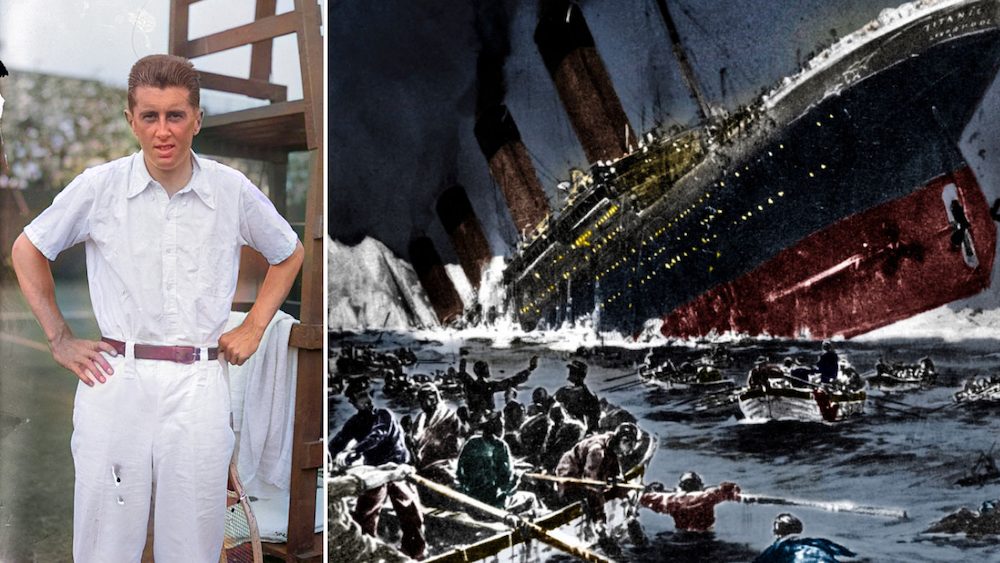Richard Norris Williams was the son of affluent Philadelphia parents. An avid tennis player known for being “extremely erratic” and “unbeatable,” he would take home a gold medal at the 1924 Olympics. However, that accomplishment would only come after he survived one of the deadliest peacetime maritime disasters in history.
The sinking of the Titanic
Williams and his father were aboard the RMS Titanic on a trip from Geneva, Switzerland, to Radnor, Pennsylvania. They were expecting a luxury cruise, but all thoughts of relaxation went out the window when the ship struck an iceberg.
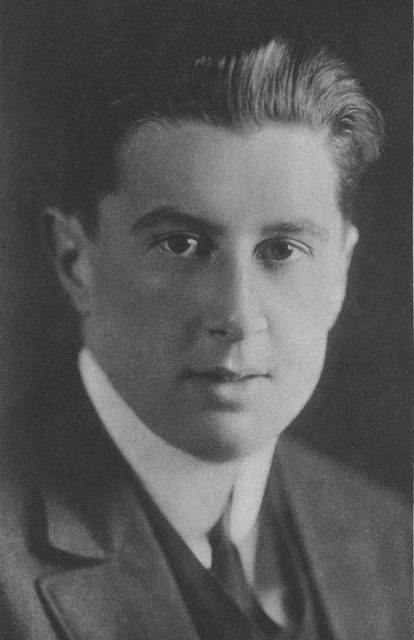
Immediately following the collision, the pair left their room and saw a steward trying to open the door to a cabin. Williams used his shoulder to break down the door and free the panicked passenger inside, but was reprimanded by the steward, who threatened to report him for damaging property. This incident would later inspire a scene in James Cameron’s 1997 film, Titanic.
Father and son walked the ship as its lower decks filled with water, at one point checking to see if the bar was open. When the Titanic began its final descent into the frigid ocean, they jumped into the water. Williams watched his father and others be crushed by the ship’s first funnel, narrowly missing falling victim himself.
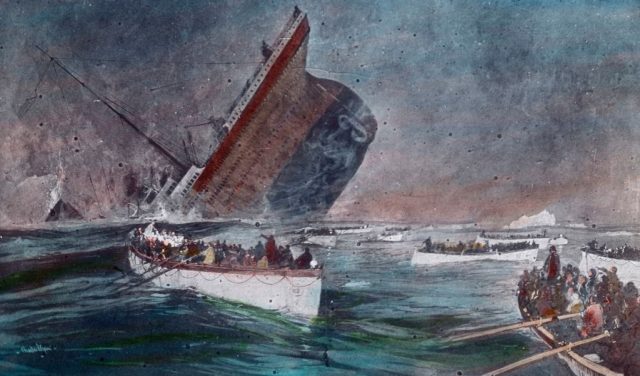
Eventually, he was swept toward the partially submerged Collapsible A lifeboat. While in the lifeboat, he discarded the fur coat he was wearing, along with his shoes. The occupants of the Collapsible A lifeboat would eventually desert it for another lifeboat, but his coat would be returned to his possession when the Collapsible A lifeboat was recovered a month later.
He spent hours in knee-deep water. To distract himself from the cold, he tried to explain to another gentleman how to fix the dent in his Derby hat. As there was a language barrier, Williams decided to fix it himself, but the man thought he was trying to steal the hat when he reached for it.
Tennis over amputation
Williams and the other occupants of his lifeboat ended up reaching the RMS Carpathia, a passenger steamship that had gone to offer assistance to the Titanic. Williams’ time in the water had resulted in severe frostbite to his legs. The damage was so extensive that the doctor aboard the Carpathia suggested they be amputated.
Not wanting to end his tennis career, Williams declined the procedure and instead decided to work through the injury. He spent the following days and weeks continuously walking around, which helped him regain strength in his frostbitten legs. The decision proved to be the right one, as later that year, he won his first U.S. Tennis Championship, in mixed doubles, with Mary Browne.
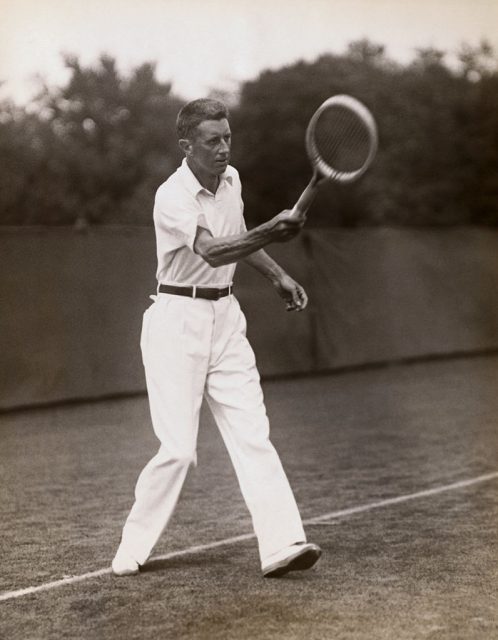
A year after the sinking of the Titanic, Williams started at Harvard University and became the intercollegiate tennis champion in both singles and doubles. He also went on to win two men’s singles titles at the U.S. Championships, beating Maurice McLoughlin and Bill Johnston.
Olympian and investment banker
Upon America entering the First World War in 1917, Williams enlisted and joined the American Expeditionary Forces. After a short stint as an artillery officer, he was ordered to the French Staff School at Senlis to teach English. He eventually joined the staff at General Headquarters, where he rubbed shoulders with the likes of John J. Pershing and Philippe Pétain. For his efforts, he was awarded the Croix de Guerre and the Legion of Honor.
Williams continued to have a successful tennis career after the war. He entered the 1924 Olympics in Paris, where he won the gold medal in mixed partners alongside Hazel Hotchkiss Wightman. He continued with the sport after this victory, competing in and winning numerous Davis Cups.
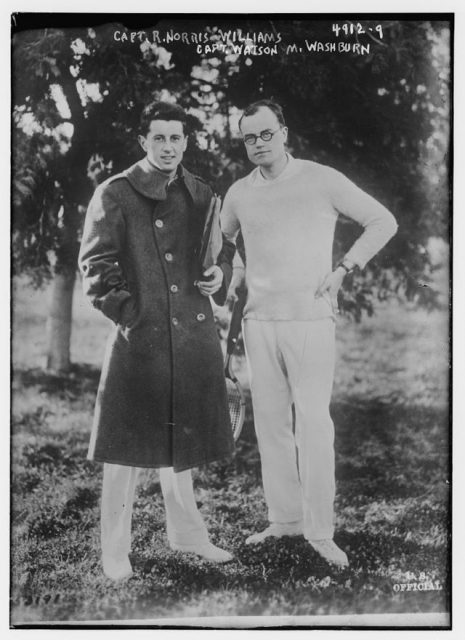
More from us: A Year After the Titanic Tragedy, a Mourning Family Received This Chilling Letter
Williams retired from the sport at the age of 44 and was inducted into the International Tennis Hall of Fame in 1957. He went on to pursue a career as an investment banker, and for 20 years served as president of the Historical Society of Pennsylvania.
